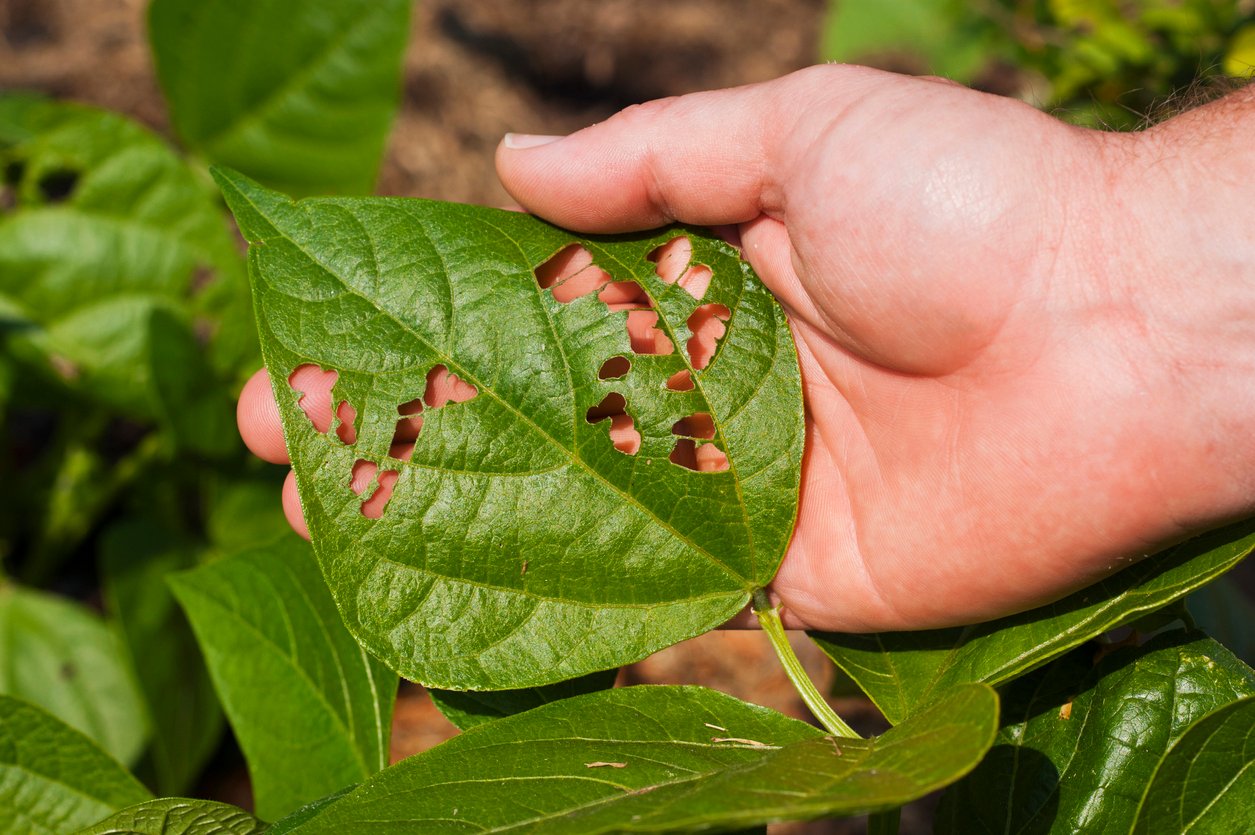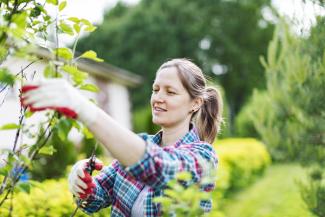It’s nearly springtime, and that means the perfect season for gardening has arrived! As the weather warms up and the days get longer, now is the time to start caring for your garden. With a little bit of effort and know-how, you can keep your garden healthy, vibrant, and blooming all season long. In this blog post, we’ll cover some tips and tricks for how to maintain your garden this spring, so you can enjoy its beauty for months to come.
Fertilize your plants
It’s important to give your garden the nourishment it needs to thrive during the springtime. One of the best ways to do this is to fertilize your plants. Doing so can help them get the essential nutrients they need to stay healthy and vigorous throughout the growing season. Before applying any type of fertilizer, be sure to read the label to make sure it’s suitable for your plants. Different types of fertilizers may be better for specific plants. For example, grass may need a nitrogen-rich fertilizer while other plants may need a phosphate-rich one. Additionally, check the soil pH to make sure the fertilizer you choose will be effective in that environment.
Once you’ve chosen a suitable fertilizer, spread it evenly over your garden. Be careful not to over-fertilize your plants as this can lead to unhealthy growth and an increased risk of disease. Fertilizing your plants in the springtime can help them thrive throughout the growing season and set you up for a beautiful summer garden.
Check for pests and diseases
It's important to inspect your garden for signs of pests and diseases regularly throughout the spring season. Common signs include wilting leaves, discoloration, holes in leaves and stems, and the presence of insects or spiders. If you do notice any of these signs, take action to treat the problem immediately.

You can do this by removing diseased plants and disposing of them properly, applying natural or chemical pesticides depending on the pest you're dealing with, or spraying the area with a garden hose or insecticide. Additionally, you can put up barriers such as screens or netting around your plants to protect them from further infestation.
With regular inspections and preventive measures, you can keep your garden healthy and thriving all spring long. If you're using pesticides, be careful to check the warning labels as they can be dangerous to animals and pets.
Cut back dead leaves and branches
During the spring months, it’s important to prune dead leaves and branches to promote healthy growth. Pruning can help improve air circulation and light penetration, while also helping to reduce fungal disease and insect infestations. Start by removing dead or diseased branches first. Then move on to cutting back branches that are too close together. It's also important to avoid pruning too aggressively. Use sharp, clean tools when pruning and disinfect them between each cut. This will help prevent the spread of disease from one branch to another. When finished, remove the dead foliage from the garden bed and add it to your compost pile.
Deadhead your flowers
Deadheading is a crucial part of flower maintenance during the springtime. This means removing dead, wilted, or faded flowers from the plant in order to encourage continued blooming and growth. The process can be a bit tedious and time consuming, but it will help keep your plants looking vibrant and full all season long. Start by carefully examining the stems of your flowering plants for dead or fading flowers. Be sure to look for any signs of damage or disease on the leaves as well. Once you have identified the flowers that need to be removed, use clean, sharp scissors or garden shears to cut them off at their base.
Deadheading also helps promote better air circulation around the plant, which can help prevent fungal diseases from spreading. Additionally, it can help conserve energy and nutrients, allowing them to go towards the new buds and blossoms.
Remember to be gentle when deadheading and be careful not to damage any healthy foliage or buds in the process. Properly maintaining your flowers will ensure they look their best throughout the spring season.

Plant new flowers and vegetables
Spring is the perfect time to get your garden ready for the summer. Planting new flowers and vegetables is a great way to add color and variety to your garden. When selecting plants, be sure to choose varieties that are suited to your climate and soil type. When planting new flowers and vegetables, be sure to dig a hole that is twice as wide and deep as the root ball of the plant. Place the plant in the hole, fill in with soil, and firmly press down on the soil to ensure the plant has good contact with the soil. Water thoroughly after planting and add a layer of mulch around the plant to conserve moisture and keep weeds at bay.
It’s important to water newly planted flowers and vegetables regularly until they become established. A soaker hose can be a great tool for providing even and consistent watering. Be sure to monitor the soil moisture levels often and water only when necessary.
With a little bit of time and nurturing during springtime, your garden will be beautiful this summer.




